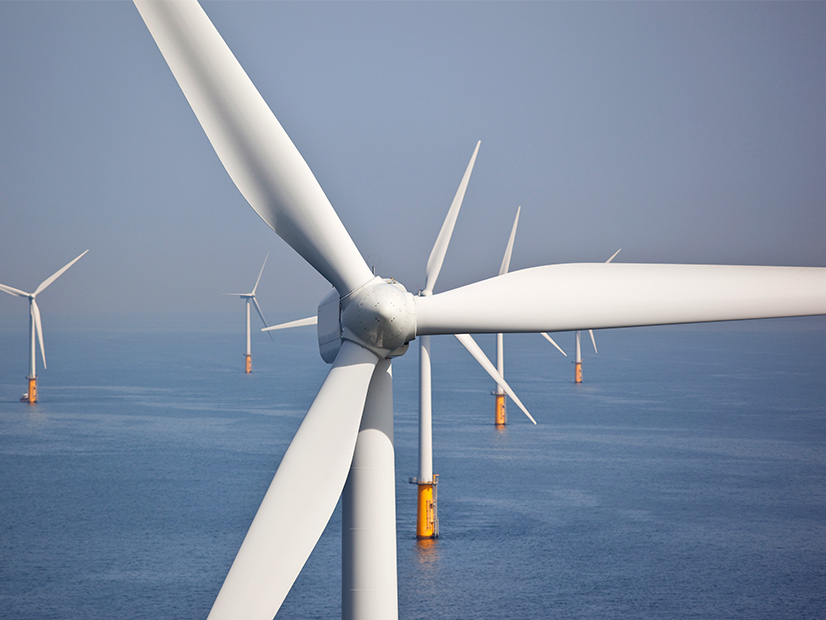Pilot Study to Focus on Cape Cod OSW
ISO-NE is proposing a pilot study to analyze the potential curtailments experienced by new generation from the addition of offshore wind on Cape Cod, according to a presentation at the Planning Advisory Committee meeting Wednesday from Al McBride, the RTO’s director of transmission services and resource qualification.
The study’s purpose is to allow market participants to assess the impacts of proposed intermittent resources’ operating characteristics and availability criteria. However, the study will not result in changes to the interconnection standards or criteria. McBride said that if changes to the interconnection standards or criteria are warranted, ISO-NE can discuss them with the PAC and NEPOOL stakeholders after reviewing the results.
McBride added that by doing a pilot study, ISO-NE can look at the results more “narrowly” and “we can see what the reaction is and how folks want to take it from there.”
The scope of work will look at transmission constraints found in the first Cape Cod Resource Integration Study (CCRIS), OSW production, area load, solar development and curtailment analysis approach.
The CCRIS focused on adding new 345-kV transmission infrastructure between West Barnstable and Bourne. It identified that 1,200 MW of OSW, in addition to the 1,600 MW with completed system impact studies, could be interconnected on Cape Cod. However, N-1 and N-1-1 constraints were observed when more than 2,800 MW were added. In addition, transmission outages along the corridor from Cape Cod could also reduce transfer capability and cause curtailments.
Load on Cape Cod is seasonal. For most of the year, load is less than 300 MW and peak load is approximately 600 MW. McBride said that if a large amount of generation is connected to the cape, most of the injected power will flow away from it to the rest of the system. For example, if 2,800 MW of generation are running on the cape, and there is 300 MW of load, 2,500 MW will be exported out. McBride noted that the net export level would only increase with the addition of distributed solar generation.
McBride said the RTO hopes to have some preliminary results of the curtailment analysis before the end of the year.
Western and Central Mass. 2029 Study Update
Sarah Lamotte, ISO-NE assistant engineer in transmission planning, provided an update on the conclusion of the Western and Central Massachusetts (WCMA) 2029 study.
The 2029 WCMA needs assessment identified time-sensitive N-1 and N-1-1 voltage violations under peak load conditions along the 69-kV A-1 and B-2 line corridor between Vernon station in Vermont and Pratts Junction station in Massachusetts. For the WMCA solutions study, it was determined that National Grid’s asset condition projects, including the A-1 and B-2 line asset condition project, would be included in the cases before developing alternative solutions.
Lamotte said that the RTO reran an analysis to include the A-1 and B-2 project to examine the status of the criteria violations observed in the original needs assessment. The new analysis is referred to as the WCMA 2029 Needs Assessment Addendum. Out of the four asset condition projects, the A-1 and B-2 line was selected to be added to the addendum cases because the project has the greatest potential impact on the criteria violations observed in the initial needs assessment.
The updated testing showed that all of the criteria violations identified along the A-1 and B-2 line corridor were no longer observed. In addition, a short-circuit analysis was also performed, and no overburdened breakers were identified.
With no criteria violations observed in the addendum analysis, the need to study a solution disappears, according to Lamotte, which concludes the WCMA 2029 study effort.
ISO-NE will provide a 15-day comment-and-review period for stakeholders, and the final addendum will be posted next month.



